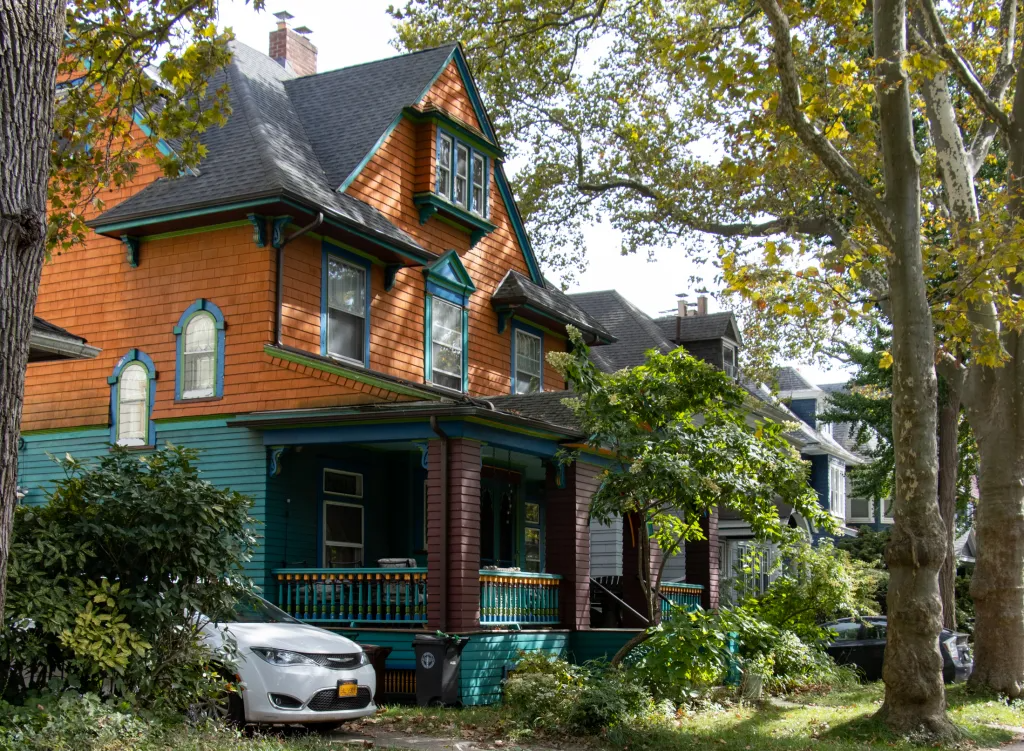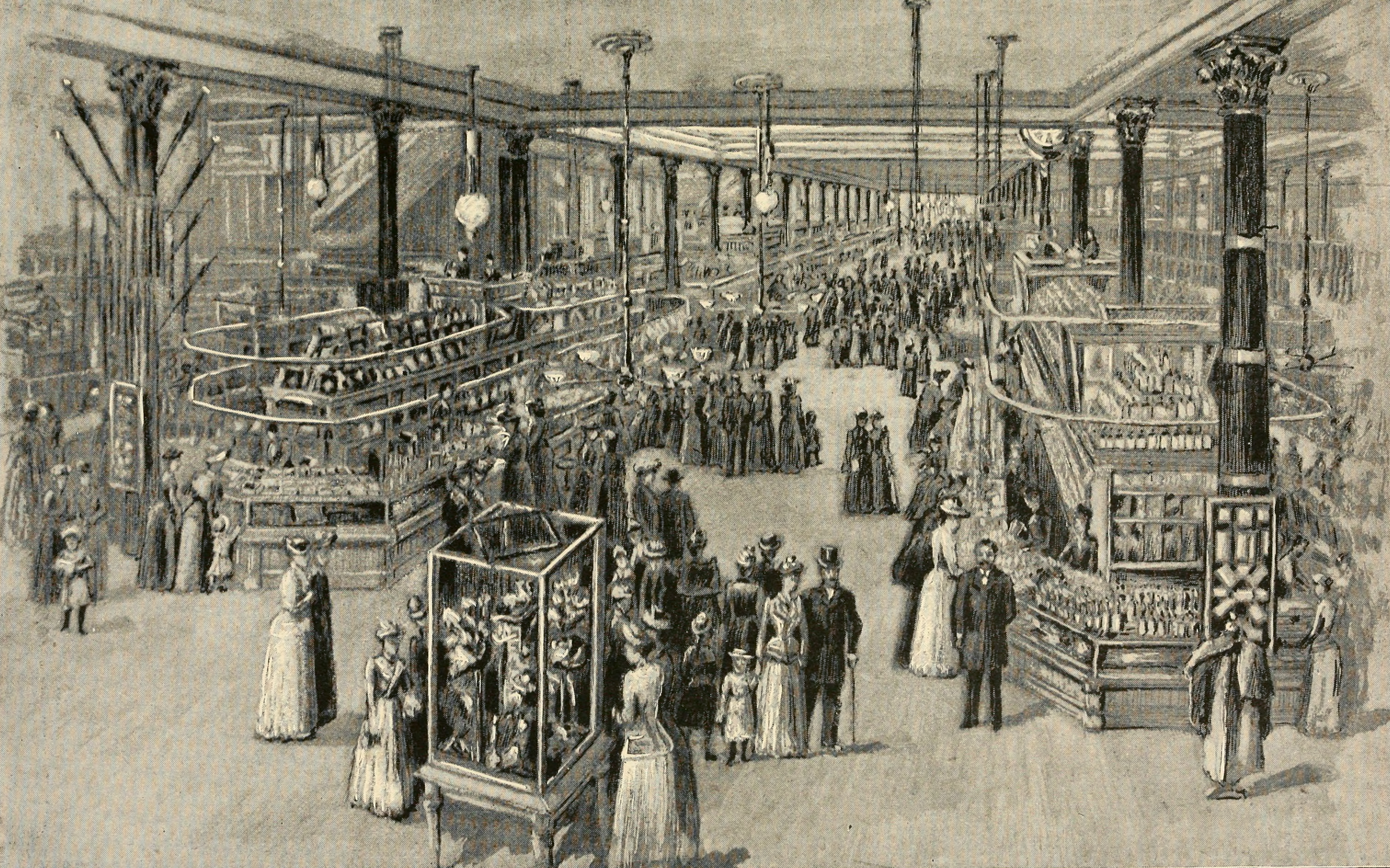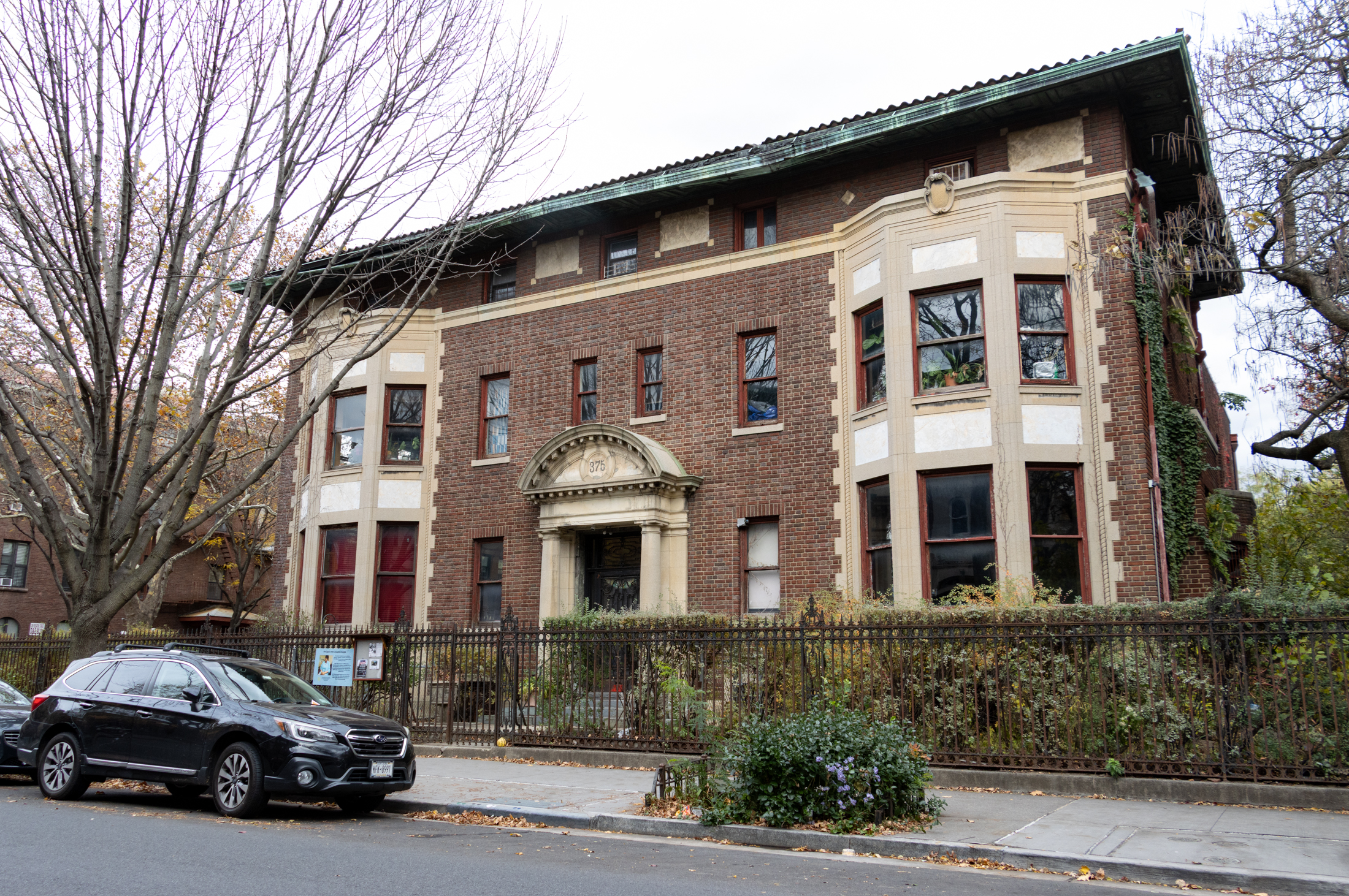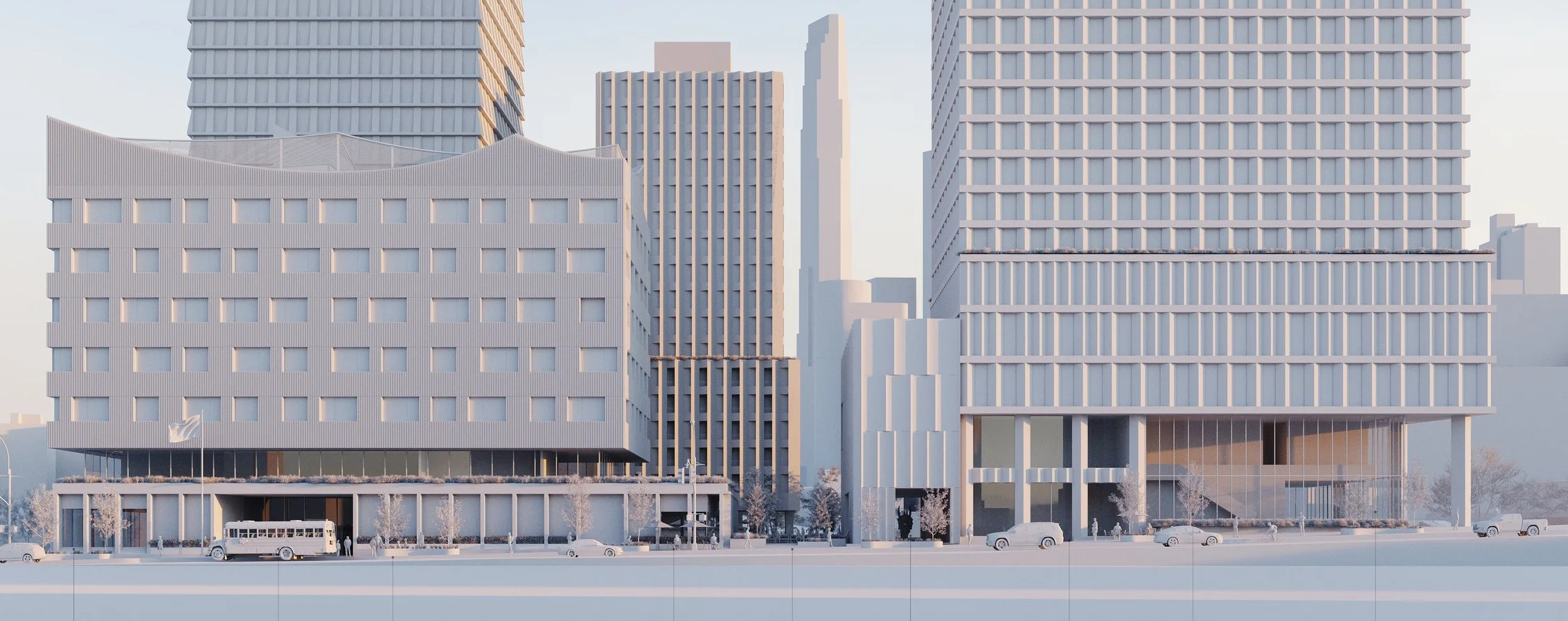Six Months Later: Open House Picks 6/22/07
Comment: Pretty solid showing although it’s surprising that Marlborough Road hasn’t had a price reduction yet. Open House Picks 6/22/07 [Brownstoner]


Comment: Pretty solid showing although it’s surprising that Marlborough Road hasn’t had a price reduction yet.
Open House Picks 6/22/07 [Brownstoner]





“Of course there are also those renovators, but no one pays them much attention, unless it’s a slow news day.”
LOL-I think there are a lot of us, but we need to assert ourselves more.
12:54–it’s not that surprising. See, what you have here on brownstoner (in general) are two diametrically opposed groups: those with an interest in selling a property (sellers and brokers) and those with an interest in buying a property. Of course there are also those renovators, but no one pays them much attention, unless it’s a slow news day. Anyway, that combo alone guarantees sensationalist and aggressive posts. There are hundreds of brokers trolling this site, just as there are hundreds of buyers. Everyday. All the time.
“This board seems to have degenerated to a similar tone as you would find in a stock chat room.”
MUCH, much worse, I’m afraid. It’s a forum for the most vile hatred, name-calling, jealousy, race-baiting and outright hatred I’ve ever come across. It’s pretty sad to realize there is so MUCH hatred across Brooklyn, and frankly somewhat startling that this vitriol should be revealed in a REAL ESTATE site.
http://www.marykayg.com/html/0473.html
Good comp, and this isn’t even a prime PPS block!
And this one in Midwood Park – prettier exterior, but next to the Subway cut and in need of new kitches and baths, jut for starters.
Serious fixer uppers in non-landmarked sections have slipped to under a million, yes, and several Bungalows have sold recently for under the million mark. These bungalows, however, also needed serious renos, and are much smaller than the average Victorian Flatbush house. They were built for the pockets of less affluent families, according to the Victorian Flatbush house tour literature, and they still fill that niche today.
Excuse me, but that house in caton park was hardly in the same ball park as the PPS house above. It was a flipper job, and the reno was a complete joke. The whole thing was pretty much just slathered in white paint and rebuilt the front steps. Even the few stained glass windows were still smashed. New owners are having to do pretty much everything. Go have a look. There was a thread devoted to the flip and what a joke it was right here on Brownstoner.
As for comps, Caton Park is one of the LEAST desirable sub sections of Victorian Flatbush. It was in crappy shape, to boot, hence the unusually low price tag. PPS is the MOST desirable. And the house above is a lot bigger, on a much better piece of property, and on a landmarked block. PPS homes routinely sell sell for twice what Caton park homes go for. There’s just no comparison.
Sounds like you don’t actually know a helluva lot about the neighborhood or the market. The PPS house is NOT crazy overpriced. It is SLIGHTLY overpriced, given the work needed. Houses in similar condidtion on Westminster and Stratford have sold for similar prices in recent memory. Why don’t you go look at MKG website again, or better yet, ask her.
Re: 109 Marlborough
This house is crazy overpriced!
The owners are not serious about selling, and are not very negotiable on the price.
Look at this house down the block, which was TOTIALLY RENOVATED, and sold for $875 5 months ago when the market was hotter than it is now
http://marykayg.com/html/0468.html
Oops, should be “fond” not “found” in my last post – for you spell checkers
The What is upset because he found out that when he was making his $200,000 a year as a broker living the high life and thought he had made it, he was merely middle class. He thought he was at the high end, rich perhaps even, but the rug was rudely pulled out from under him. He discovered that at 200G a year not only was he middle class, he was smack dab in the middle of the middle, not even above the half way point. He figured it just wasn’t worth it any more after busting his butt (not covered at the time with that peculiar article of haberdashery that he is so found of) selling all that property to all those suckers (who are still friends and clients). He let out a loud roar of despair. Something to the effect that this was the start of the war, and he slunk his way back to his 3 bd/2 bth third floor walk up with a seasonal sliver view of the park, new paint, refinished floor and cook’s kitchen that he got for a a steal in 2003.
For the rest of us who thought we were doing ok, read the rest and despair.
$500,000 a Year Means You’re Still Only Middle Class: Joe Mysak
2007-12-21 00:02 (New York)
Commentary by Joe Mysak
Dec. 21 (Bloomberg) — Wall Street does a good job selling
municipal bonds to the rich, not the middle class.
That may have to change if hedge funds, which have been
such a prominent feature of the market during the past decade,
cut back their purchases of municipals, as some analysts
predict.
Here are the numbers: Of the 13,776 taxpayers who filed
returns with adjusted gross incomes of $10 million or more,
10,954 said they received tax-exempt interest — 80 percent.
That’s a pretty good penetration rate for any product. It goes
down pretty drastically after that.
The figures are from 2005, the latest available, and are
published in the always-compelling Table 1 of the Internal
Revenue Service’s Statistics of Income Bulletin, the fall
edition of which is just out.
Of the 134.4 million returns filed in 2005, 4.5 million
reported receiving tax-exempt interest, up ever so slightly from
the year before, when 4.4 million returns reported such income.
There’s your municipal bond market. By comparison, more
than 31 million returns claimed receiving ordinary dividend
income.
Of course, the table of figures, which breaks adjusted
gross income into increments such as “$20,000 under $25,000”
and “$40,000 under $50,000” raises the question: Who’s rich?
We are talking here in terms of cold dollars, not any of
the other things one might be rich in, as conveyed on the
greeting cards so popular at this time of year, and otherwise
unconvertible into legal tender at the cash register.
Dividing Line
I think we would all agree that $10 million a year, the top
IRS category, qualifies as rich.
So does between $5 million and $10 million. So does between
$2 million and $5 million. In fact, I think most Americans would
say that if you (singular and plural, as in married taxpayers
filing jointly), have an adjusted gross income of $1 million or
more, you qualify as rich.
If $1 million a year is incontrovertibly rich, who or what
is middle class? This question flummoxes pollsters and pundits
alike. The category is about as flexible as an accordion file,
and can expand and contract to accommodate almost any number.
The most-populous group of taxpayers in the U.S. is that
between $50,000 and $75,000, according to the IRS. In 2005, 18.4
million filers put themselves in that category. Does that
qualify as middle-class, or perhaps the beginning of middle-
class? If it is the beginning, where does middle-class end?
Does an adjusted gross income of between $100,000 and
$200,000 qualify as middle-class — or as rich?
Most Interest
Who claims the most tax-exempt interest? It’s not who you
think — not the people at the very top of the food chain.
Those 10,954 taxpayers making $10 million or more, who also
said they received tax-free interest in 2005, claimed $5.2
billion, or about $476,000 each.
The group claiming the most tax-exempt interest is made up
of people who make more than $100,000 but less than $500,000.
Between the two categories ($100,000 under $200,000 and $200,000
under $500,000), there were 1.6 million filers claiming $18.6
billion in tax-exempt interest, or $11,392 each.
That $11,000 and change sounds almost pathetic, certainly
un-municipal-bondy, more like the returns from mutual funds.
What would you call this group? There are 13.5 million of
them altogether, meaning that Wall Street only manages to get
about 11 percent of this group interested in the municipal
market. Is a couple making just under $500,000 still in some
part of the middle class?
Rich for a Reason
Perhaps the answer depends upon where you live. It costs
more to live in places such New York, Boston and San Francisco.
It takes more money there to put together what one would
consider a comfortably middle-class life than it does in, say,
Maine or Kansas.
In last Friday’s column I had some fun describing a blog in
which various commentators reacted to the news that some Goldman
Sachs bankers had just moved to Brooklyn Heights, and that more
might be on the way. The postings, as is typical with blogs,
were all over the place. Class envy was never very far.
At one point, one of the readers said that not all bankers
took car services — “rich people are rich for a reason.” To
which another reader responded, “They are rich because they
make million dollar bonuses, not because they save on carfare,”
ending his note with a choice expletive.
Is that where “rich” begins — a $1 million bonus? Or is
it right below that category, in the $500,000 to $1 million
ranks?
The taxpayer category that grew the most between 2004 and
2005 was the “$100,000 under $200,000” bunch. More than a
million taxpayers graduated into this group, which grew from 9.7
million to 10.8 million. Surely that group doesn’t yet qualify
as “the rich.”
The group right above it — $200,000 under $500,000 — grew
by almost 400,000, to 2.7 million. Only 20 percent of them
claimed tax-exempt interest, averaging about $16,000 apiece.
Again, those are mutual fund-style earnings, which suggests Wall
Street isn’t targeting that group for municipal bonds.
They aren’t “the rich.” Maybe that’s the top of the
middle class. Can you imagine? $500,000 a year, and you’re still
just middle class?
(Joe Mysak is a Bloomberg News columnist. The opinions
expressed are his own.)
Click on {LETT} to comment on this column and write a
letter to the editor.
–Editors: James Greiff, Charles Siler
why are you so mad, What? continually posting these articles isn’t making you anymore convincing by the way. the financial press is the biggest sheep out there.